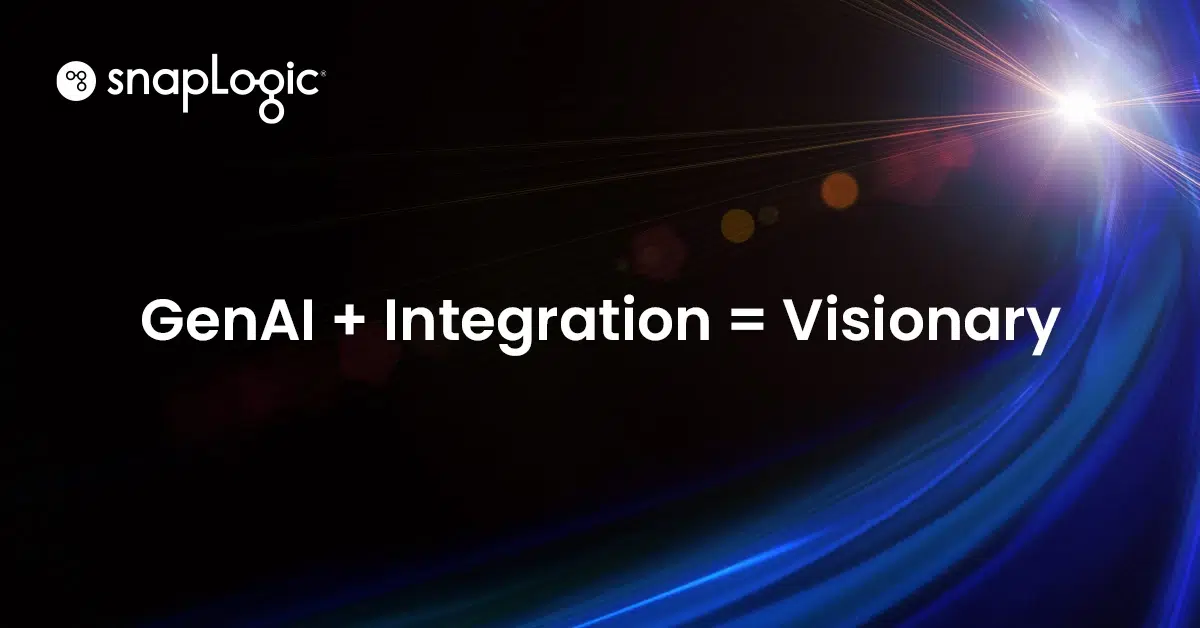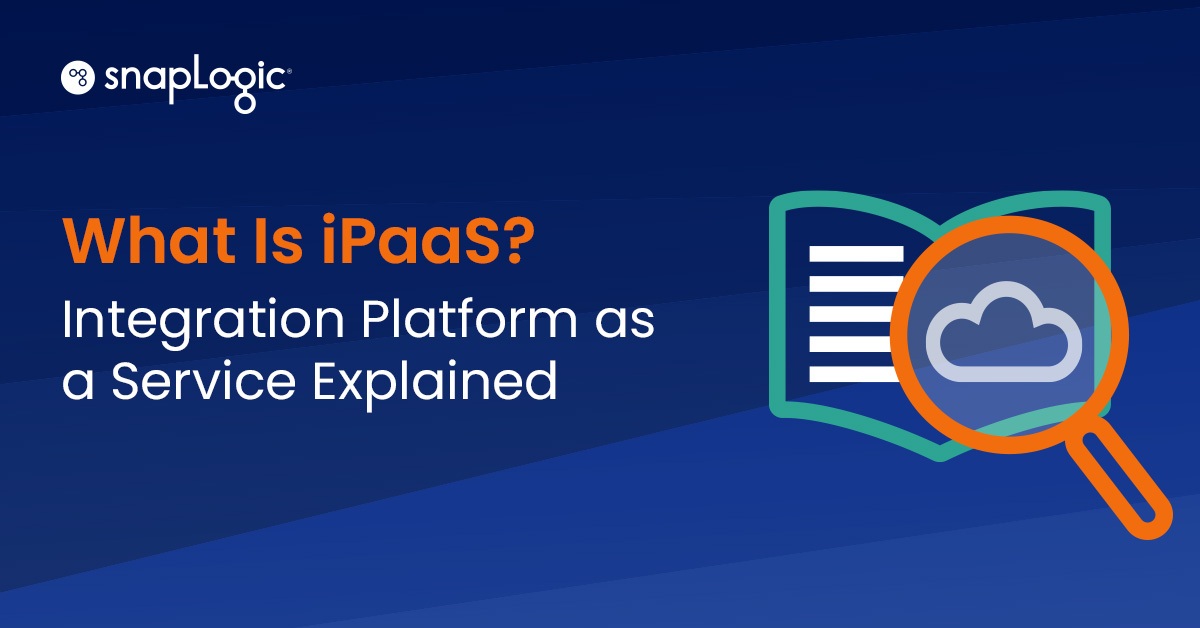In my last post I reviewed the classic integration requirements and outlined four new requirements that are driving the demand for integration platform as a service (iPaaS) in the enterprise:
- Resiliency
- Fluidity in hybrid deployments
- Non-existent lifecycle management of the platform
- Future-proofing for the world of social, mobile, analytics, cloud, and internet of things (SMACT)
In this post, I?ll review requirement #3: Non-existent lifecycle management of the platform.
With increasingly hybrid deployments (as discussed in iPaaS requirements post #2), lifecycle management can very quickly become a nightmare for users of legacy ESB and ETL integration technologies. Upgrading on-premises integration software, such as the core product libraries, typically means binary updates for every installation across hybrid environments. While each vendor is different, I?m always surprised to realize how many cloud integration installations are simply hosted on-premise software and not true multitenant SaaS. This means the vendor has to upgrade each customer and maintain multiple versions. Nevertheless, the more challenging upgrades are on-premise installations that are customer managed. It?s always amazing to find out how many enterprise customers are running old, unsupported versions of integration software due to the fear of upgrades and the unscalable mindset of ?if it ain?t broke, don?t fix it!? Cumbersome manual upgrades of on-premise integration installations are error-prone and result in significant testing cycles and downtime. The bigger the implementation, the bigger the upgrade challenge – and connector libraries can be equally painful. Lastly, local configuration changes and the need to rebuild mappings (see my point on the myth of ?map once? here) also demand thorough testing cycles.
SaaS customers are accustomed to interacting with complex business processes (such as opportunity-to-order management in a CRM application) through a simple web interface. Hence, the bar set for the modern integration platforms is quite a bit higher where these customers expect the vendor to shield customers from as much complexity as possible. There is a similar expectation with the management of the lifecycle of the iPaaS.
The new set of requirements around lifecycle are:
-
Customers want zero desktop installations, period. Customers want to move away from integrated development environments (IDEs) that are extremely developer-centric and require their own upgrades from time to time. Customers want browser-based designers for building integrations where they can avail themselves the latest, greatest functionality automatically.
-
Customers expect the installation of the runtime engine be self-upgrading as well. This is particularly important for the on-premise installations to avoid the cumbersome, error-prone tasks and endless testing cycles. Today?s iPaaS runtime engines should be smart enough to push binary upgrades to every runtime engine, regardless of its location – on-premise of the cloud. This is particularly efficient with a software-defined integration architecture because each of the runtime engines (we call our data plane the Snaplex) are stateless containers awaiting execution instructions from the control plane.
-
Customers expect the execution instructions to also include connector libraries and configuration information, which means that customers no longer needs to worry about manual configuration changes at every installation location.
A truly modern iPaaS solution will deliver on all of the above and deliver an integration service that eliminates much of the pain of traditional lifecycle management. The cost and risks of not having a self-upgrading software is an order of magnitude higher in today?s age of agile software delivery (note that SnapLogic delivers new software innovation on a monthly cadence – check out our March update here). There are great benefits in this approach; for one, customers are always on the latest platform and automatically keep up with the innovation that vendors deliver. And two, they no longer have to plan long and costly upgrade cycles that are always associated with infrastructure downtime and hinder business continuity. But the biggest benefit is that your integration platform is built to run at cloud speed!
In my next and final post of this series, I’ll discuss the importance of choosing an iPaaS that future-proofs your integration investments to tackle challenges posed by the new world of SMACT (Social, Mobile, Analytics, Cloud, and internet of Things).








